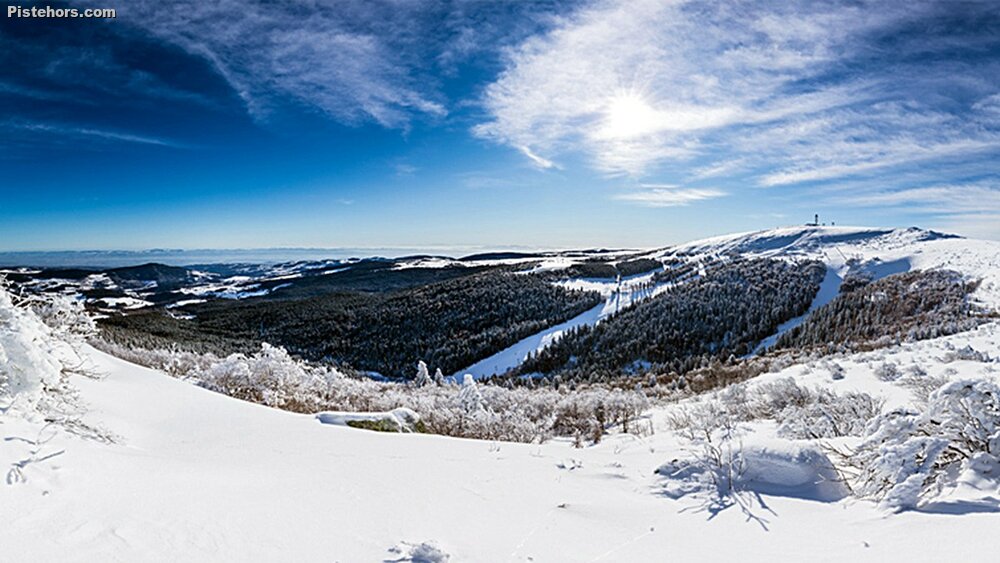The ski resort of Chalmazel in France’s Loire department will remain closed for the 2025–26 winter season, a decision announced by departmental authorities on 2 October 2025. Officials cite financial pressures, technical risks, and unpredictable snow conditions as reasons for what they describe as a “temporary interruption.” Yet the closure raises fears it could become permanent. The station, which employs about 40 people, has faced internal management turmoil and a mounting deficit despite nearly €1 million in annual public subsidies.

The consequences for the local economy are severe. Businesses in Chalmazel and surrounding villages, restaurants, lodgings, ski rentals, and shops, depend heavily on winter tourism. Residents fear that without the resort, the region’s fragile economic balance could collapse. “The ski club without the station is nothing,” one member told Le Progrès, reflecting the blow to both livelihoods and the community’s sporting identity.
In response, the local ski club has launched a petition titled “Station fermée = territoire en danger” (“Closed station = territory in danger”), which has already gathered nearly 7,000 signatures on Change.org. The campaign denounces a decision made without proper consultation and warns that the shutdown endangers dozens of jobs and family incomes. Supporters are urging the Loire department to reopen discussions and seek alternatives to full closure. Locals have complained about the short notice before the start of the ski season. The problems are in part blamed on the explosion of public debut due to inflation post covid. Snow cover has also been poor over the previous 3 season although the station has managed to open during the school holiday period thanks to snow making.
Chalmazel’s plight mirrors a wider struggle faced by small French ski resorts amid climate change and rising operating costs. With its modest altitude and reliance on subsidies, the station has long been vulnerable to warmer winters. Whether this closure marks a pause or the end of an era will depend on whether local and regional authorities can unite around a sustainable future, one that preserves both the mountain economy and the community spirit built on its slopes.
Update
Ten days after the abrupt announcement of the closure of the Chalmazel ski resort, new proposals are emerging in hopes of reopening the site for the 2025–2026 winter season. While nothing is confirmed, the Loire department, the resort’s sole funder, remains cautiously optimistic. Jean-Yves Bonnefoy, the department’s vice president for sports, said a “small window remains open” as officials explore ways to reopen Chalmazel without increasing the current annual subsidy of €1.2 million. Possible solutions include operating only the beginner area, avoiding use of the chairlift, and relying on volunteers. A decision on reopening should come in the next few days, but the department acknowledges that a new, more sustainable funding model, potentially involving public or private partners, will be needed to secure the future of the Loire’s last remaining ski resort.
Update 19th November 2025
The decision has been made. Following the operating committee meeting on Wednesday 19 November, the Loire Department confirmed that the Chalmazel resort will not be opening for the 2025-2026 winter season. ‘This decision, made necessary by the lack of qualified personnel and strict compliance with safety and insurance standards, aims to protect users while allowing us to prepare for the future of the site with local stakeholders,’ said a statement from the Department. A decree confirming the closure will be issued shortly.